
Zadar is the oldest continuously inhabited Croatian city. It is the fifth largest city in Croatia and second one on the coast. Its history starts all the way back in Stone age; it has acquired the characteristics of an Ancient Roman city whilst it was under Roman rule, meaning it has a road network that leads to a forum. During the 5th century it was the capital of the Byzantine theme of Dalmatia, it has until then been under Venetian, Hungarian and Ottoman rule that have affected its historical heritage. Zadar was greatly influenced by the Renaissance, it was especially important for the writers during that time, both Italian and Croatian. In 17th century the first Dalmatian newspaper was published in Zadar, it was the first newspaper printed both in Italian and Croatian.
Some of the many landmarks that are a must visit while in Zadar are: the largest Roman Forum on the eastern side of the Adriatic dating back to the 3rd century, Church of St. Donatus in the pre-Romanesque style, St. Anastasia’s Cathedral – that is the largest cathedral in Dalmatia, five wells square, and the unique sea organ – an architectural sound art object and an experimental musical instrument, which plays music through tubes located under a set of large marble steps.
The Sea Organ, designed by engineer Nikola Bašić and his team, was opened on the Zadar waterfront in 2005, right next to the old city centre and gave that part of Zadar completely new and peculiar look. This 75 meters long instrument has 35 organ pipes embedded under the concrete stairs, positioned in such a way that the movements of the sea and the wind can produce different sounds for the passers-by. Acoustician and musician Ivica Stamać composed seven sound clusters of 2 major chords, G and C6, based on the musical matrix of a traditional “klapa” song. Since the sea and the winds are unpredictable, the Sea Organ will never play the same melody. Zadar’s sunset is praised around the world, Alfred Hitchcock being the most popular promotor, so this is probably the best part of the day to sit down on this beautiful stairs and enjoy a whale-like song. This innovative project contributed to already sturdy connection Zadar city has with the sea and the sun.
Another interesting project by the same engineer, stands right next to the Sea Organ, the Sun Salutation. Sun Salutation is a light installation in the ground dedicated to and inspired by the Solar system. It consists of three hundred multi-layered glass panels shaped in a circle, 22 meters in diameter, under which there are photovoltaic solar modules that power the elements that produce beautiful lights in the evening. Smaller installations representing other planets of the solar system stand right next to the Sun.
As well as Sea Organ, the Sun Salutation is designed to communicate with nature, Sea Organ does so with sound and Sun Salutation with light. Your experience will be complete and all your senses driven due to the lavender and rosemary planted around the installation, as well as a cool breeze coming from the sea.
While in Zadar you can visit Museum of Ancient Glass displaying the largest collection of Roman glassware outside Italy. You can actually watch the glassmakers and glass blowers at work in their workshops.
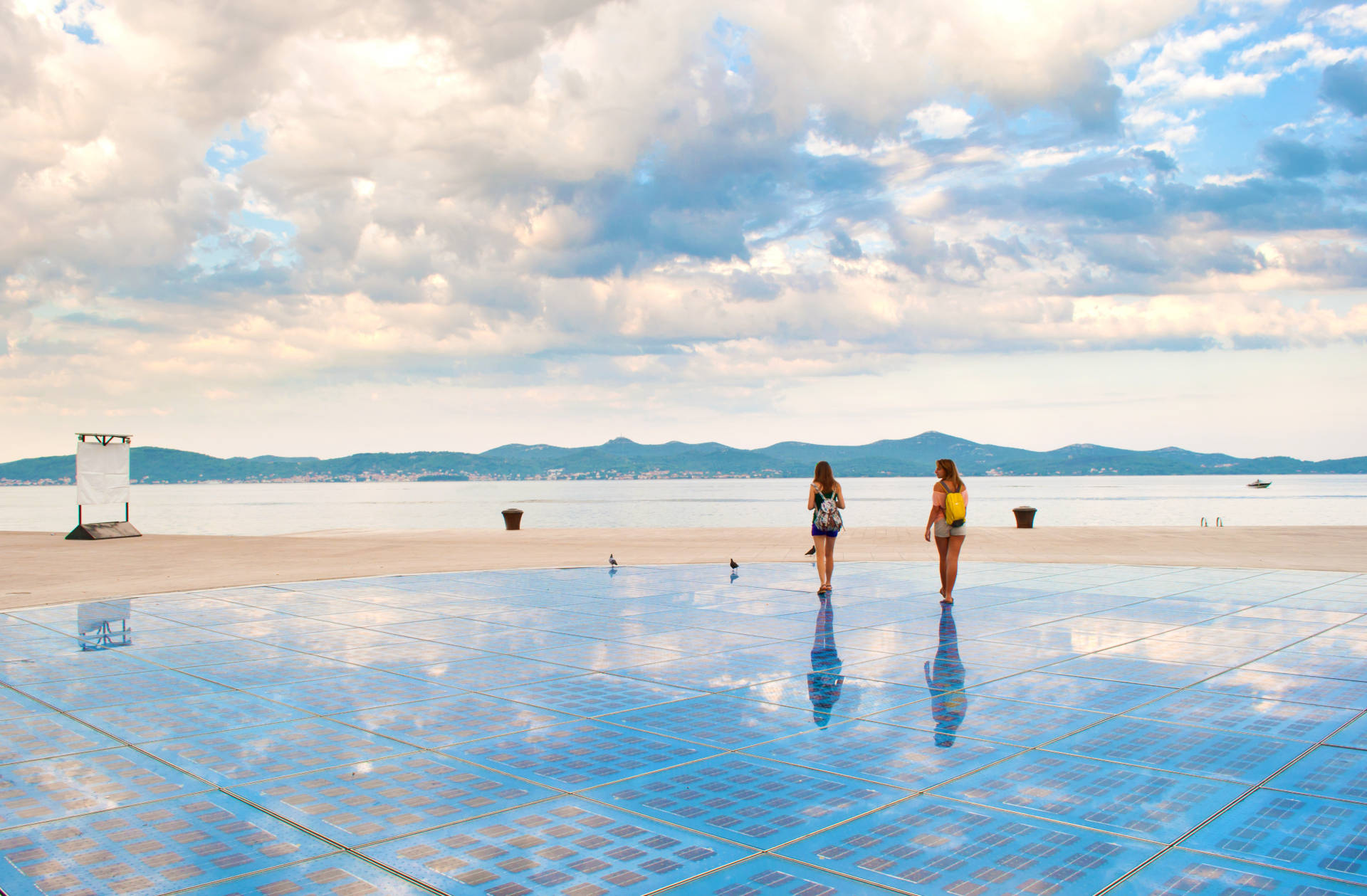
The Archaeological Museum overlooking the Roman forum exhibits a wonderful historic treasure, showing the artefacts from the local Liburnian tribe, Roman mosaic, evidence of early Christian worship and a scale model showing how the Roman forum would have looked 2000 years ago.
St Mary’s church is a home to a remarkable treasure, the Gold and Silver of Zadar. This shiny collection contains crucifixes, chalices, tapestries and reliquaries, dating between the 8th and 18th century.
Although Zadar has s rich history and evidence form certain eras, such as Roman columns, are visible around the town, one monument especially provokes curiosity. A sphinx standing in front Giovanni Smirichs villa, just outside city walls. It is said that sphynx was brought here to honour his deceased wife.
A walk through Kalelarga, pedestrians-only street going through entire Old Town Zadar is inevitable and the best place to feel the pulse of this magnificent city.
If you are looking for fine food or crazy night life, Zadar won’t disappoint. On the contrary!
Fine dining offer is stunning if you go to restaurants such as Foša, Niko, Kaštel or Providur. Zadar also offers a variety of small patisseries, street food restaurants, Mediterranean cuisine, plenty of sea food: mussels, shrimp, octopus, fish provided by the local fisherman, pizza, pasta and all the coastal city can offer. Make sure to have a taste of local prosciutto and high quality wine.
If you like going clubbing you can choose within or outside the city walls, great time is guaranteed. A lot of clubs like Arsenal or Garden are situated within the city walls in the ancient ambient that adds a certain mystique to your party experience. Podroom, Yachting bar, Opera, Ledana will keep your nights hot and feet dancing outside the ancient city walls.
If you are coming to Zadar form the sea you will certainly enjoy Zadar archipelago with lots of hidden bays, beaches and coves. There are safe anchorages as well as the biggest marina in the Adriatic.
Zadar is one of Croatia’s top tourist destinations and was named Croatia’s new capital of cool by The Guardian. It has amazing accessibility with both car and plane, its international airport being only 14km east of Zadar.
Zadar is one of Croatia’s most beautiful cities in Croatia and its rich history and culture, as well as entertainment make it a must-visit city in Dalmatia!
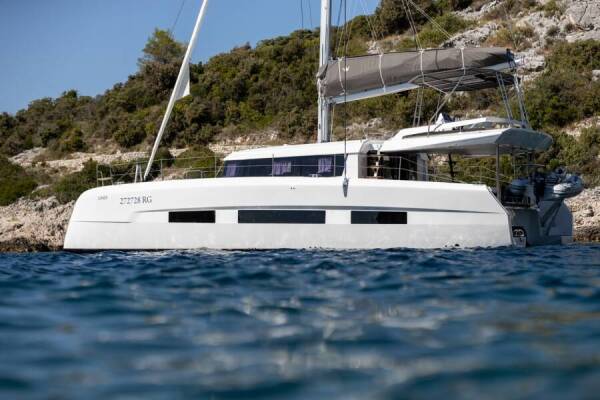 -55%
-55%
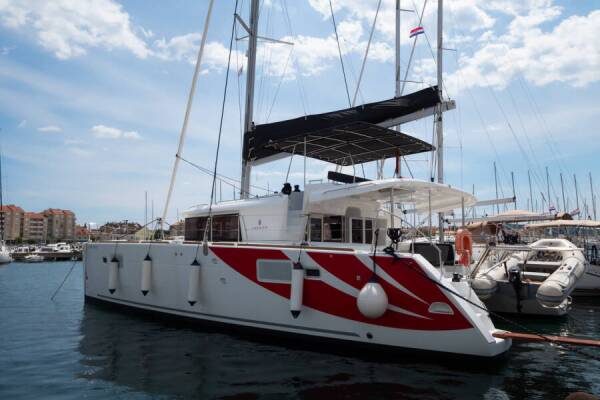 -48%
-48%
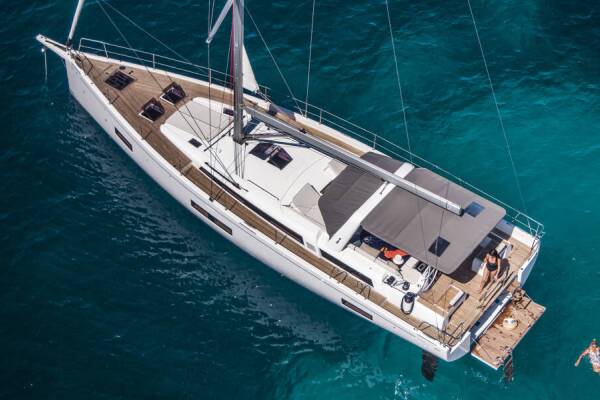 -50%
-50%
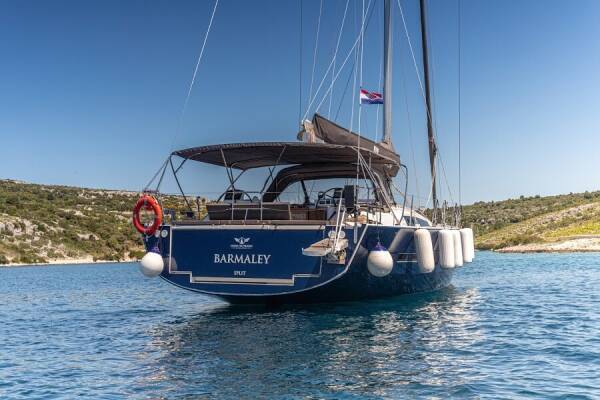 -55%
-55%
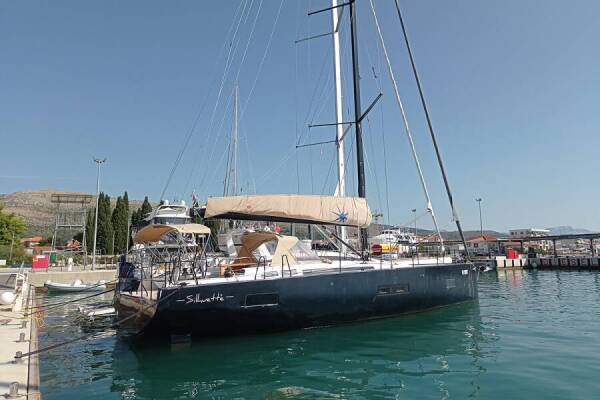 -55%
-55%
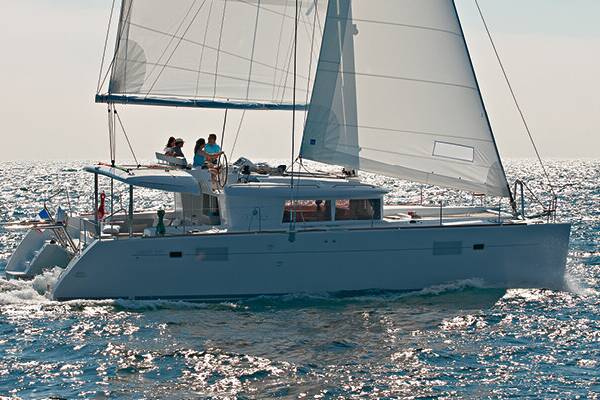 -50%
-50%
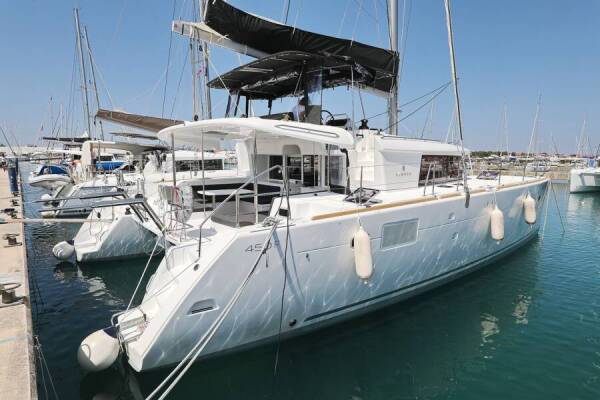 -35%
-35%
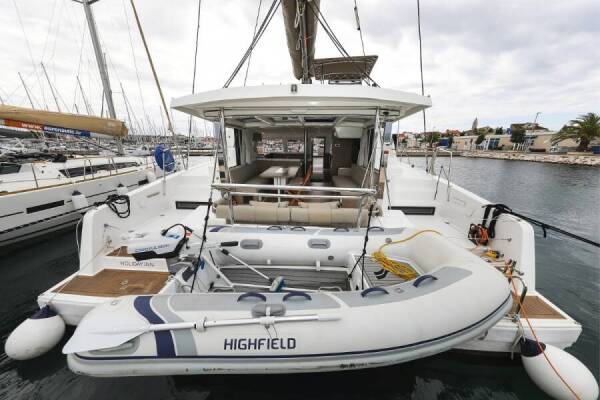 -40%
-40%
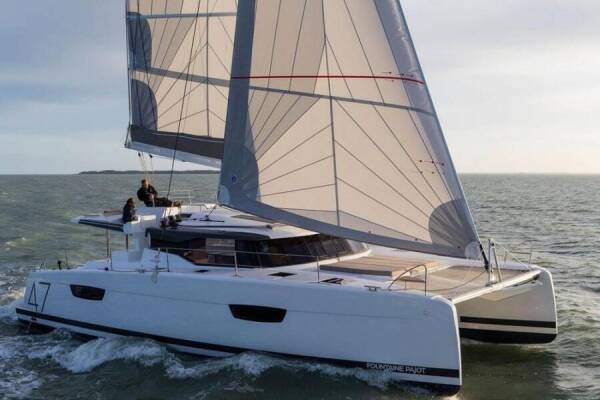 -40%
-40%
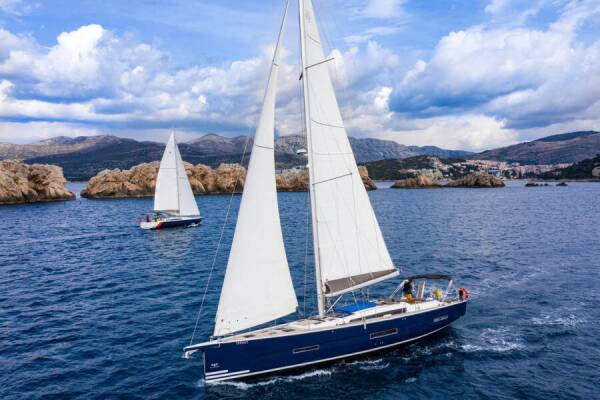 -45%
-45%
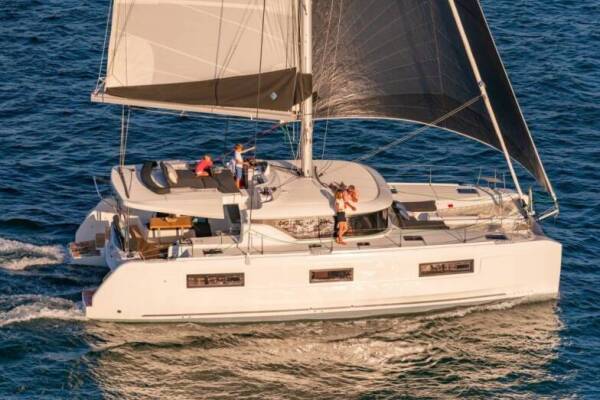 -35%
-35%
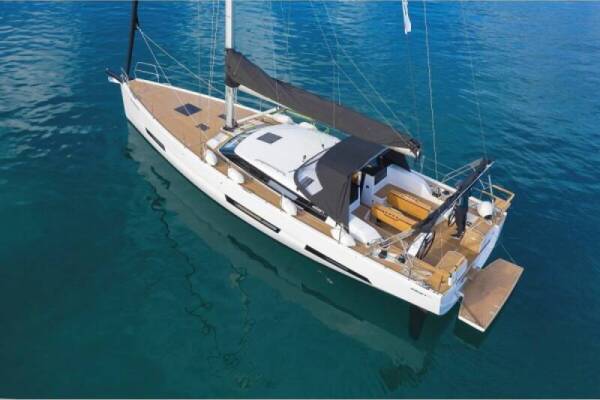 -40%
-40%
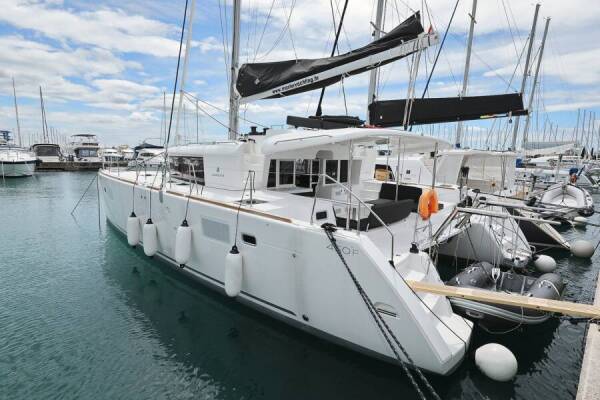 -35%
-35%
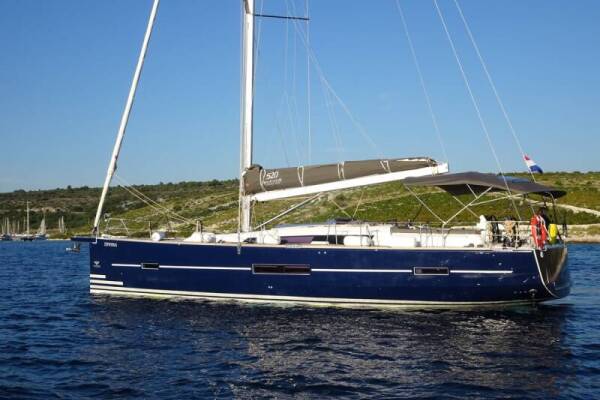 -45%
-45%
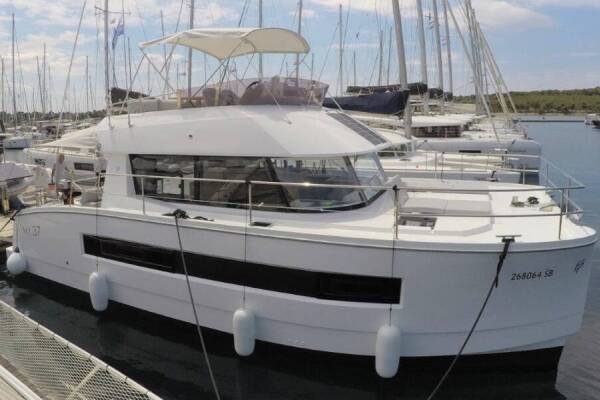 -40%
-40%
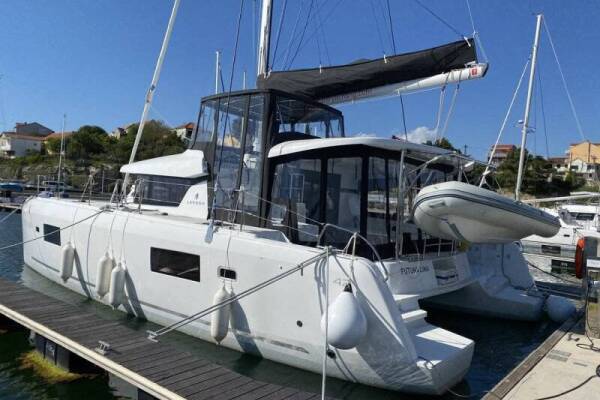 -40%
-40%
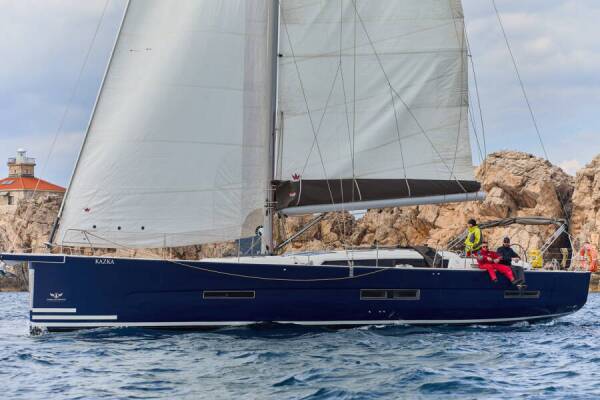 -45%
-45%
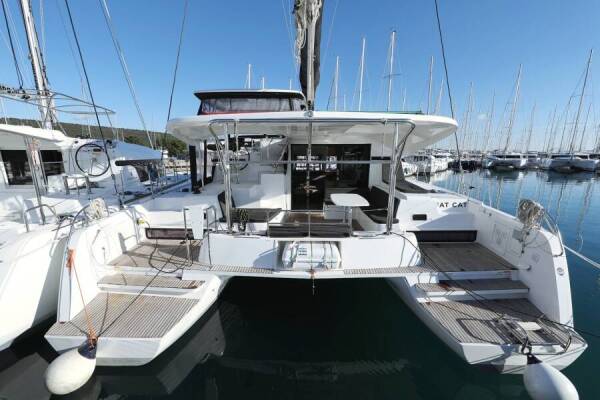 -35%
-35%
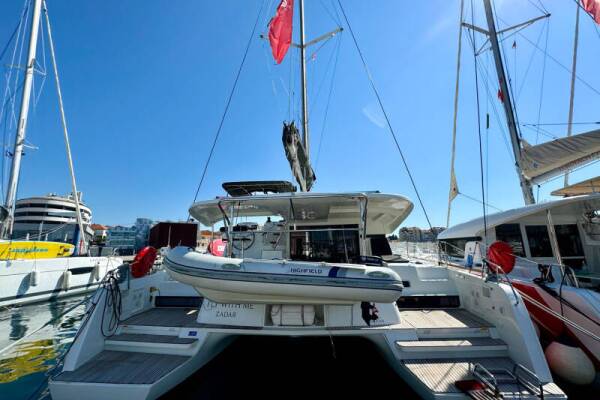 -36%
-36%
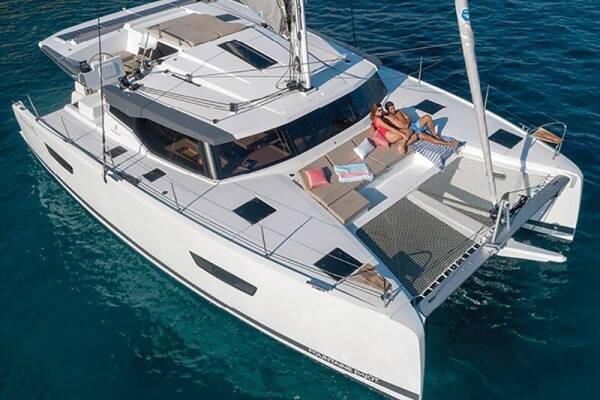 -40%
-40%
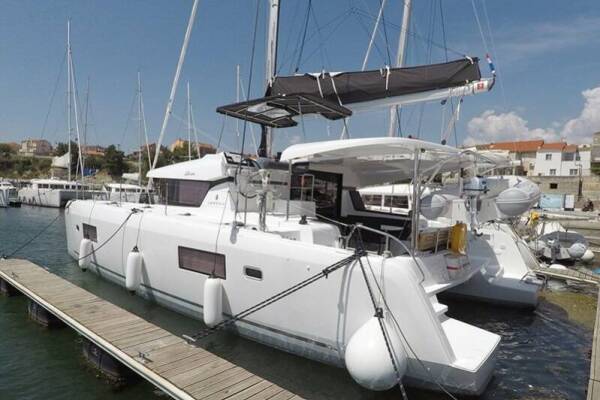 -40%
-40%
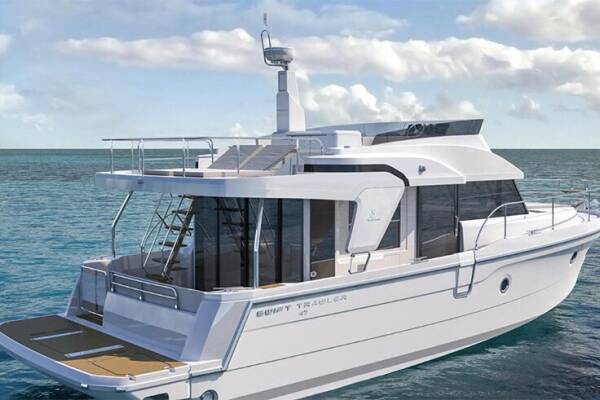 -40%
-40%
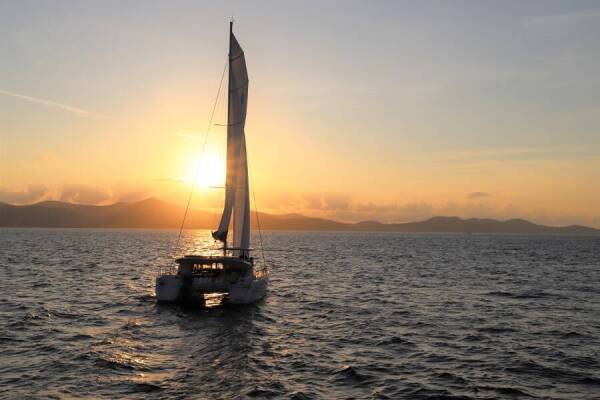 -44%
-44%
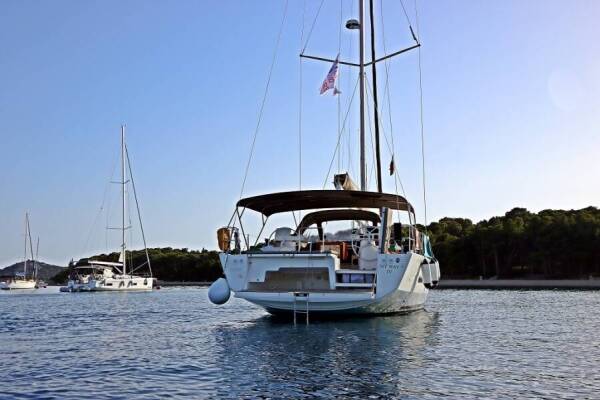 -45%
-45%
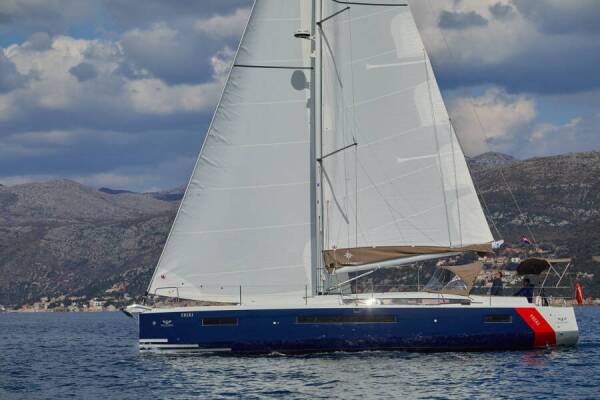 -45%
-45%
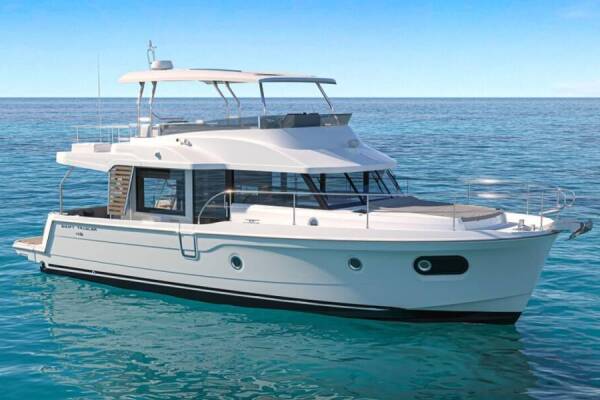 -30%
-30%
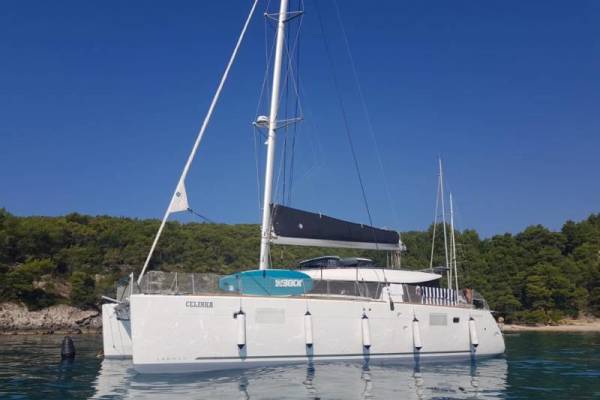 -30%
-30%
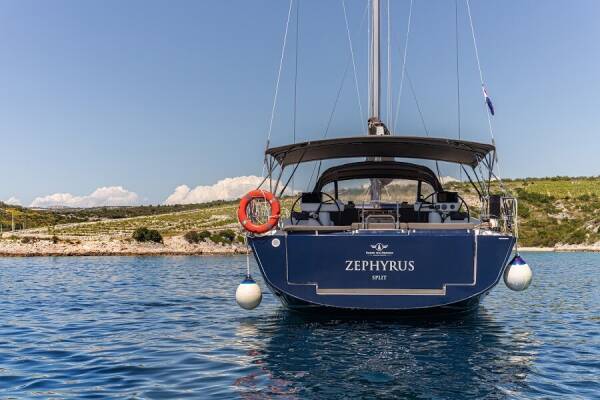 -45%
-45%
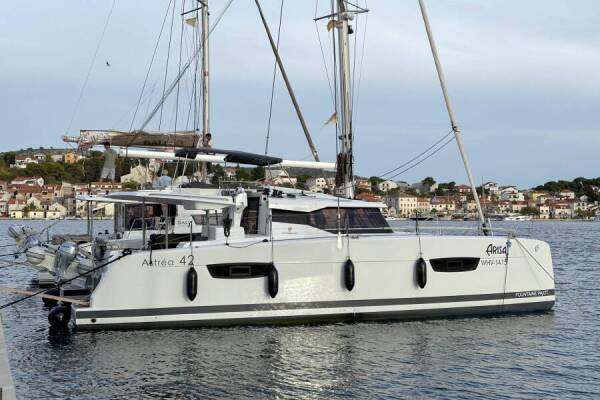 -40%
-40%
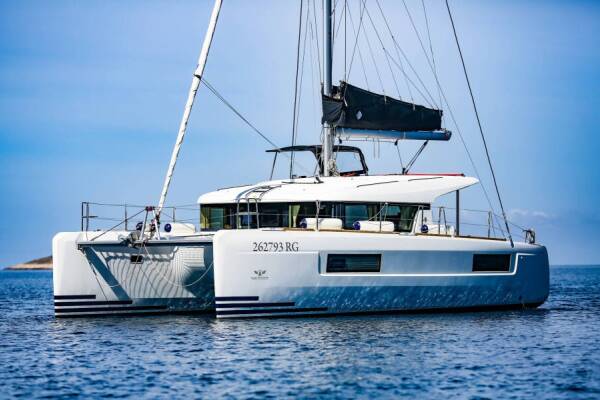 -35%
-35%
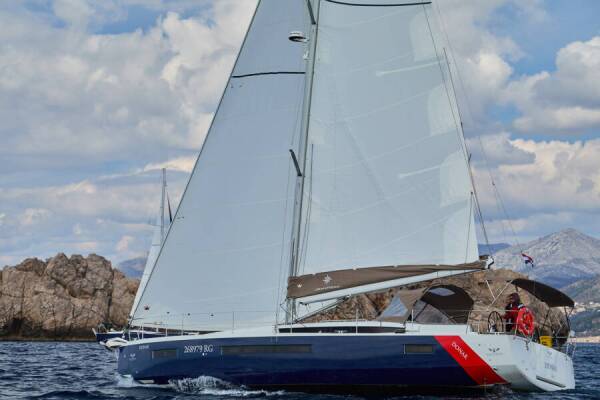 -55%
-55%
 -55%
-55%
 -44%
-44%
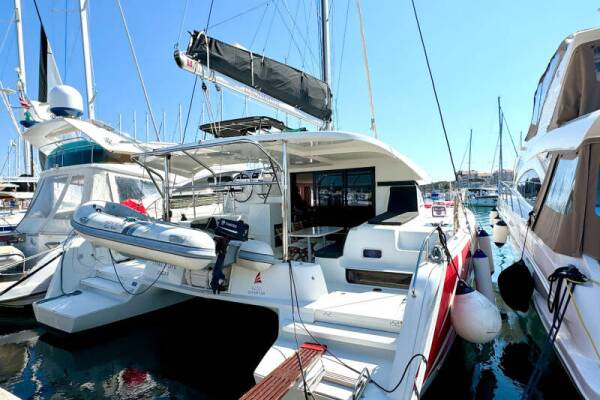 -40%
-40%
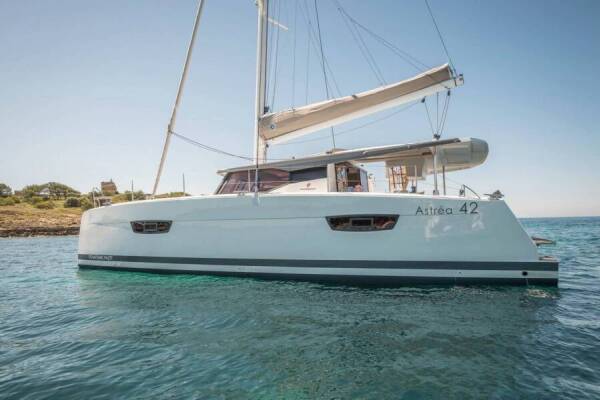 -30%
-30%
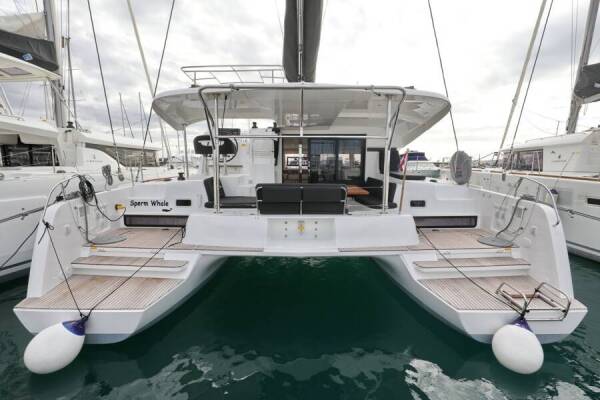 -40%
-40%
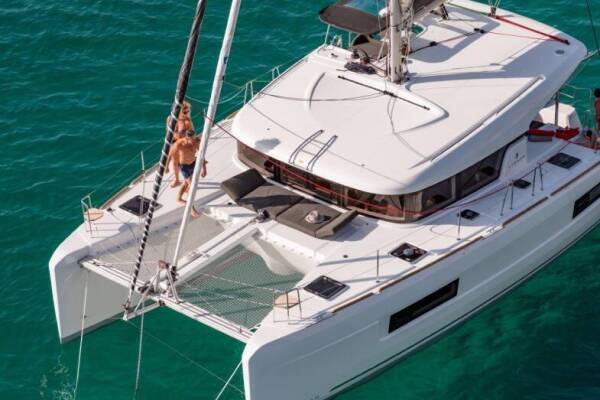 -37%
-37%
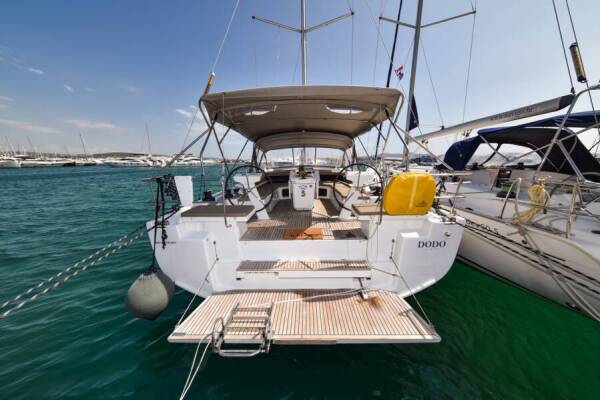 -35%
-35%
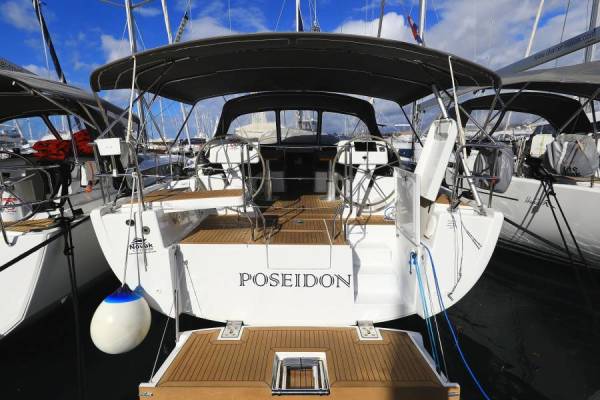 -40%
-40%
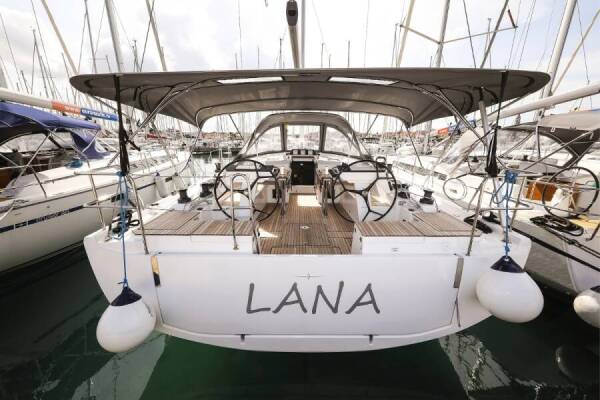 -40%
-40%
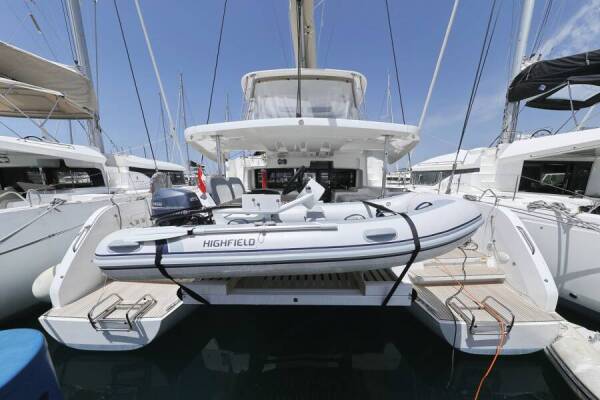 -35%
-35%
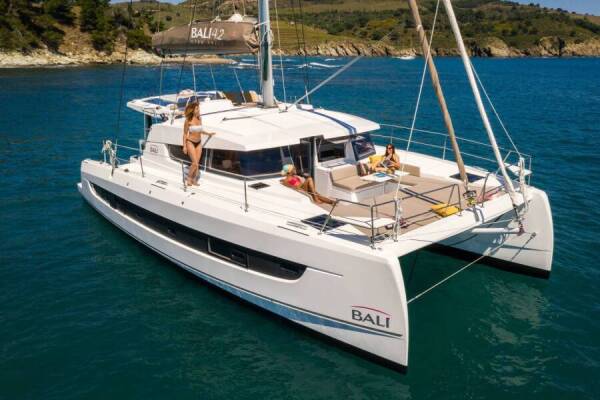 -31%
-31%
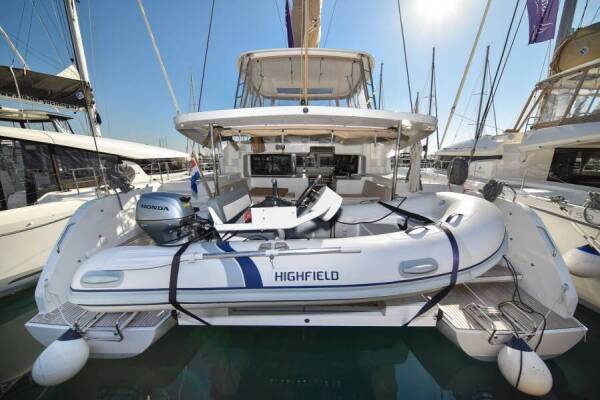 -35%
-35%
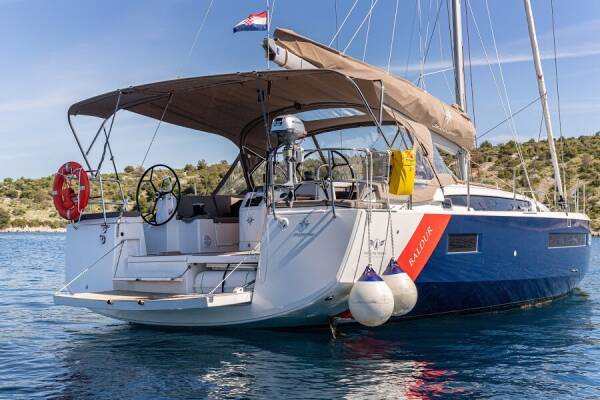 -50%
-50%
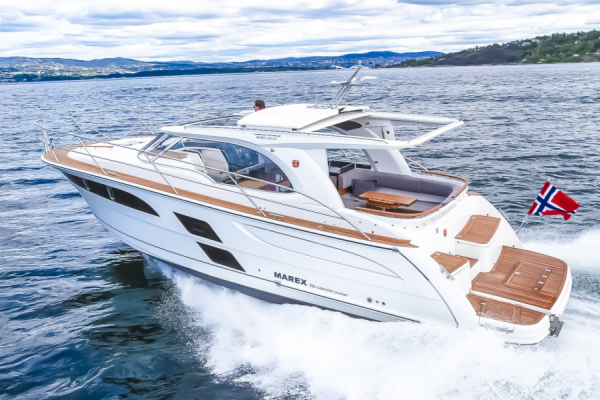 -40%
-40%
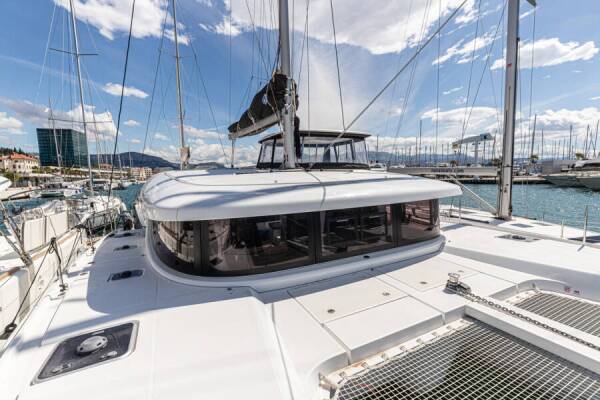 -30%
-30%
 -35%
-35%
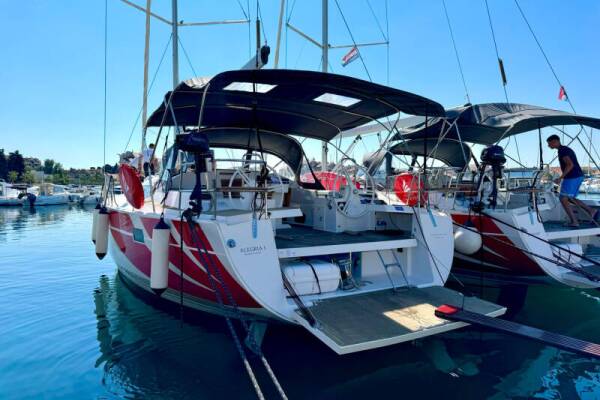 -40%
-40%
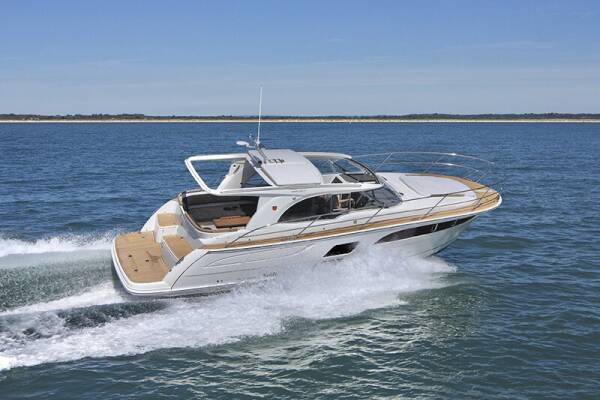 -35%
-35%
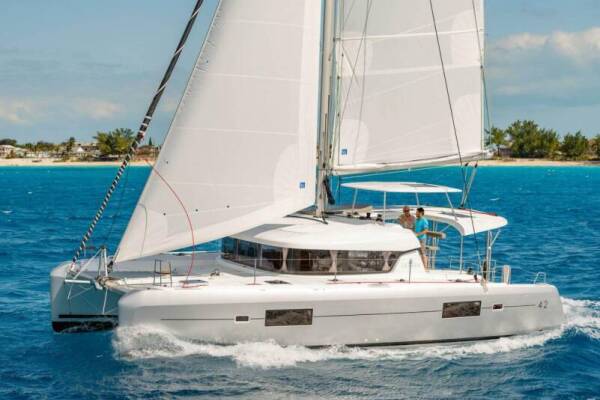 -40%
-40%